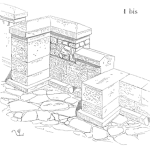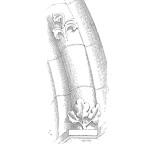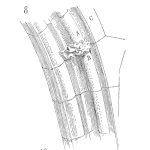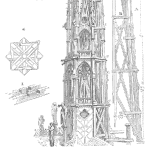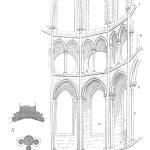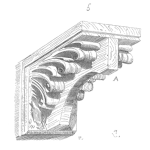
THE Plant Wellness Way EAM SYSTEM-OF-RELIABILITY METHODOLOGY ENSURES YOU ALWAYS HAVE LOW MAINTENANCE COSTS AS PART OF THE WORLD CLASS MAINTENANCE, RELIABILITY AND LIFE CYCLE ASSET MANAGEMENT SUCCESS YOU GET
BELOW ARE 14 STRATEGIES A PLANT WELLNESS WAY EAM SYSTEM-OF-RELIABILITY BRINGS YOU THAT ENSURE THE LEAST MAINTENANCE COSTS FOREVERMORE.
[Read more…]